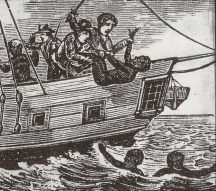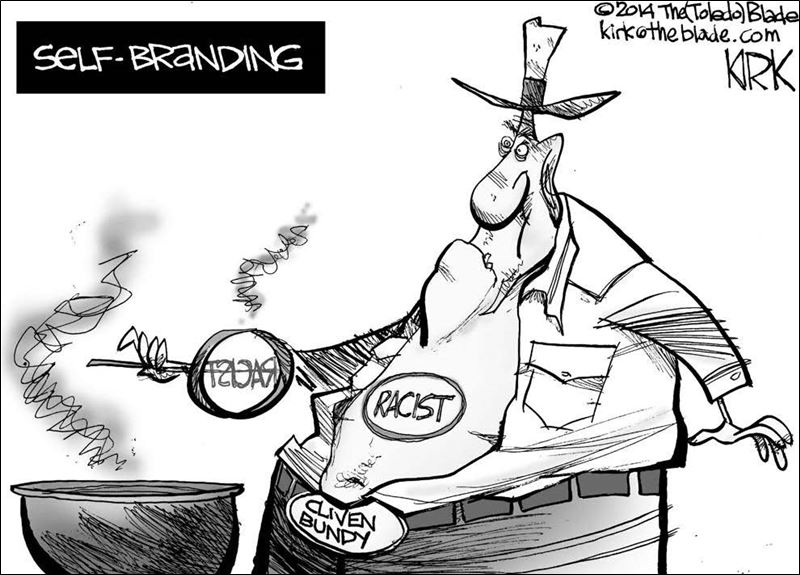
From the UK Telegraph, "Slave girl who changed history," by Anita Singh, Arts and Entertainment Editor, on 26 April 2014 -- The remarkable relationship between an 18th century English judge and his cousin's illegitimate black daughter that lay at the heart of the abolition of slavery is to be turned into a film
Earlier this year, the film 12 Years A Slave — a searingly brutal account of the helplessness of 19th-century slaves in America’s Deep South — swept the “best picture” category at the leading Hollywood award ceremonies.
Now, a new film made in Britain will tell the story of the remarkable relationship that may have lain at the heart of the abolition of slavery on this side of the Atlantic.
It centres on the 1st Earl of Mansfield, the most influential Lord Chief Justice of the 18th century, and the woman he helped to raise — Dido Elizabeth Belle, the daughter of a black slave woman.
The film was inspired by a portrait of Dido that shows her with her playmate, Lady Elizabeth Murray, a great-niece who was also in the care of Lord Mansfield.
At first glance, the picture, which hangs in the Mansfield family seat of Scone Palace in Scotland, appears simply to show a young English lady and her slave.
Yet it is the fine taffeta gown and jewels of the dark-skinned girl that tell a different tale and provide the merest glimpse of Dido’s extraordinary role in history.
Dido was born in 1761 as the illegitimate daughter of a Royal Navy captain, John Lindsay, and a black slave woman brought to England on board his ship.
When Lindsay returned to sea, he placed the little girl in the care of his childless uncle, Lord Mansfield.
Dido was raised amid the splendour of Kenwood House in Hampstead, north London, Lord Mansfield’s weekend retreat. Remarkably for the times, when Georgian England was dominated by rules on class and colour, Dido was treated almost as one of the family.
The film, Belle, makes the striking claim that Lord Mansfield’s fondness for Dido helped to shape both his views on race and legal rulings that paved the way for the abolition of slavery.

The director, Amma Asante, said: “I think it would be disingenuous to believe her presence in the house didn’t have some impact on him. It makes for a fascinating story to think that his love for this child opened his eyes.” Belle stars Tom Wilkinson and Emily Watson as Lord and Lady Mansfield. Gugu Mbatha-Raw, who played Ophelia opposite Jude Law in an acclaimed production of Hamlet, has her first starring role, as Dido.
“When people think of ‘dual heritage’ they think it’s a modern concept, but really it’s not. Dido’s story needs to be known,” the actress said.
Dido was taken in as a playmate for Lady Elizabeth Murray after her mother’s death. The girls were constant companions and received a similar education, but Dido’s position in the household was complex. She was dressed in the same fine silks as Elizabeth but not allowed to eat with the family at formal occasions.
Nevertheless, her presence at Kenwood shocked society. One visitor, Thomas Hutchinson, the governor of Massachusetts, noted in his diary: “A Black came in after dinner and sat with the ladies, and after coffee, walked with the company in the gardens, one of the young ladies having her arm within the other.
“[Lord Mansfield] calls her Dido, which I suppose is all the name she has. He knows he has been reproached for shewing [sic] a fondness for her.”
Lord Mansfield commissioned the portrait of Dido and Elizabeth, attributed to Johann Zoffany, the royal artist, in 1779.
The screenwriter Misan Sagay was inspired by the painting when she came across it in Scone Palace. It came to the attention of the producer, Damian Jones, who was fascinated by the subject matter. “I was astonished to see this completely ambiguous portrait,” he recalled. “Were they friends? Were they sisters? Was one a servant? You couldn’t tell.
“I think it’s fair to say most portraits of the period do not feature black people, unless they’re obviously servants or slaves.”
Lord Mansfield ruled on two landmark cases that were to change history.
In 1772, when Dido was 11, he ruled that it was illegal for a British owner to forcibly take his slave abroad as “property”. Thomas Hutchinson wrote that slave owners believed Lord Mansfield was determined to set slaves free because “he keeps a Black in his house which governs him and the whole family”.

Nine years later, he ruled on one of the darkest episodes in Britain’s colonial history. The crew of the Zong slave ship threw more than 100 African slaves overboard in order to claim insurance for “jettisoned cargo”. But in a blow to the slave traders, Lord Mansfield threw out the claim.
The case provided fuel for the anti-abolitionist cause, which succeeded in ending Britain’s slave trade in 1807. It was abolished in 1833.
Dido married her father’s legal apprentice, and moved to Pimlico.
Lord Mansfield’s will contained the note: “I confirm to Dido Elizabeth Belle her freedom.”
Dido’s last traceable descendant, Harold Davinier, died in 1975 — a white South African living in the era of apartheid. (source: UK Telegraph)








